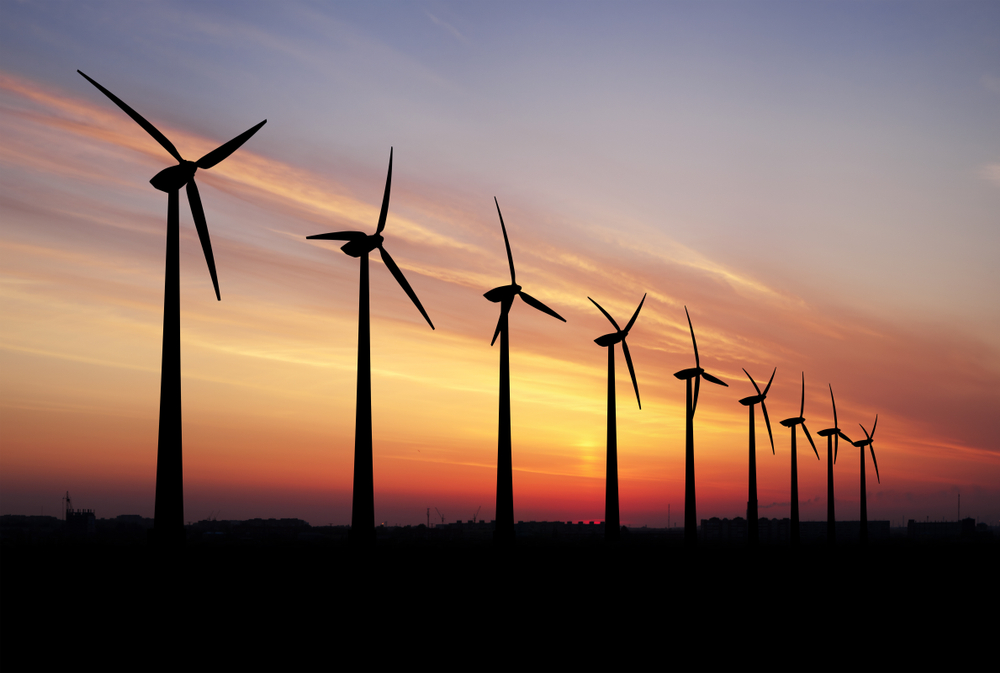Wind generation surpasses hydroelectric power as top renewable energy source

Wind generation exceeded hydroelectric generation in 2019, marking the first time that has happened, according to the U.S. Energy Information Administration’s Electric Power Monthly.
Wind energy has now surpassed hydroelectricity as the top renewable source of electricity generation in the country.
Annual wind generation totaled 300 million megawatt hours (MWh) last year, topping hydroelectric generation by 26 million MWh. Wind generation has steadily climbed over the past 10 years, thanks in part to the Production Tax Credit, according to EIA.
“The past decade saw a steady increase in wind capacity across the country, and we capped the decade with a monumental achievement for the industry in reaching more than 100 GW,” Tom Kiernan, CEO of the American Wind Energy Association, said. “With all of that capacity in the ground, wind projects were able to deliver 7.2 percent of the nation’s electricity in 2019. That means U.S. wind farms can power over 32 million homes from close to 60,000 wind turbines spinning across 41 states. The industry is proud to provide consumers with clean, affordable power that keeps utility costs stable and avoids carbon emissions contributing to climate change.”
About 10 gigawatts of wind capacity was added in 2019 with 3.8 GW installed in the fourth quarter. That made 2019 the second-largest year for wind capacity additions. As of Dec. 31, 2019, the United States had 103 GW of wind capacity, with 77 percent of that amount installed in the past decade.
By way of comparison, the United States has 80 GW of hydroelectric capacity, most of which has been operating for several decades, with only 2 GW of capacity added in the past decade.
Those trends will continue going forward as the wind industry has invested $62 billion in new projects over the next few years,” Kiernan said. That puts the wind industry on a path to represent 20 percent of the nation’s electricity mix in 2030.
“As a result, wind is positioned to remain the largest renewable energy generator in the country for the foreseeable future,” Kiernan added.
